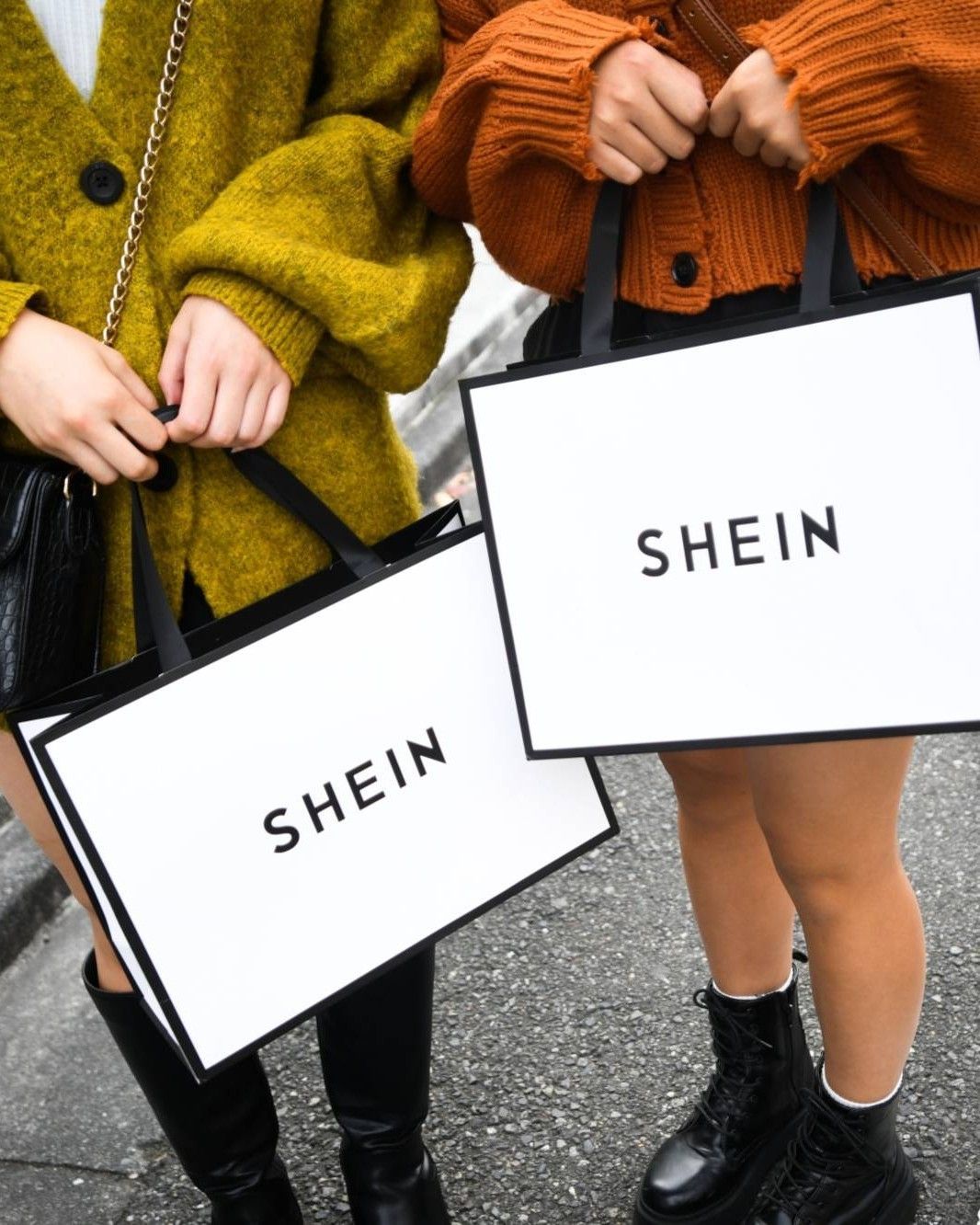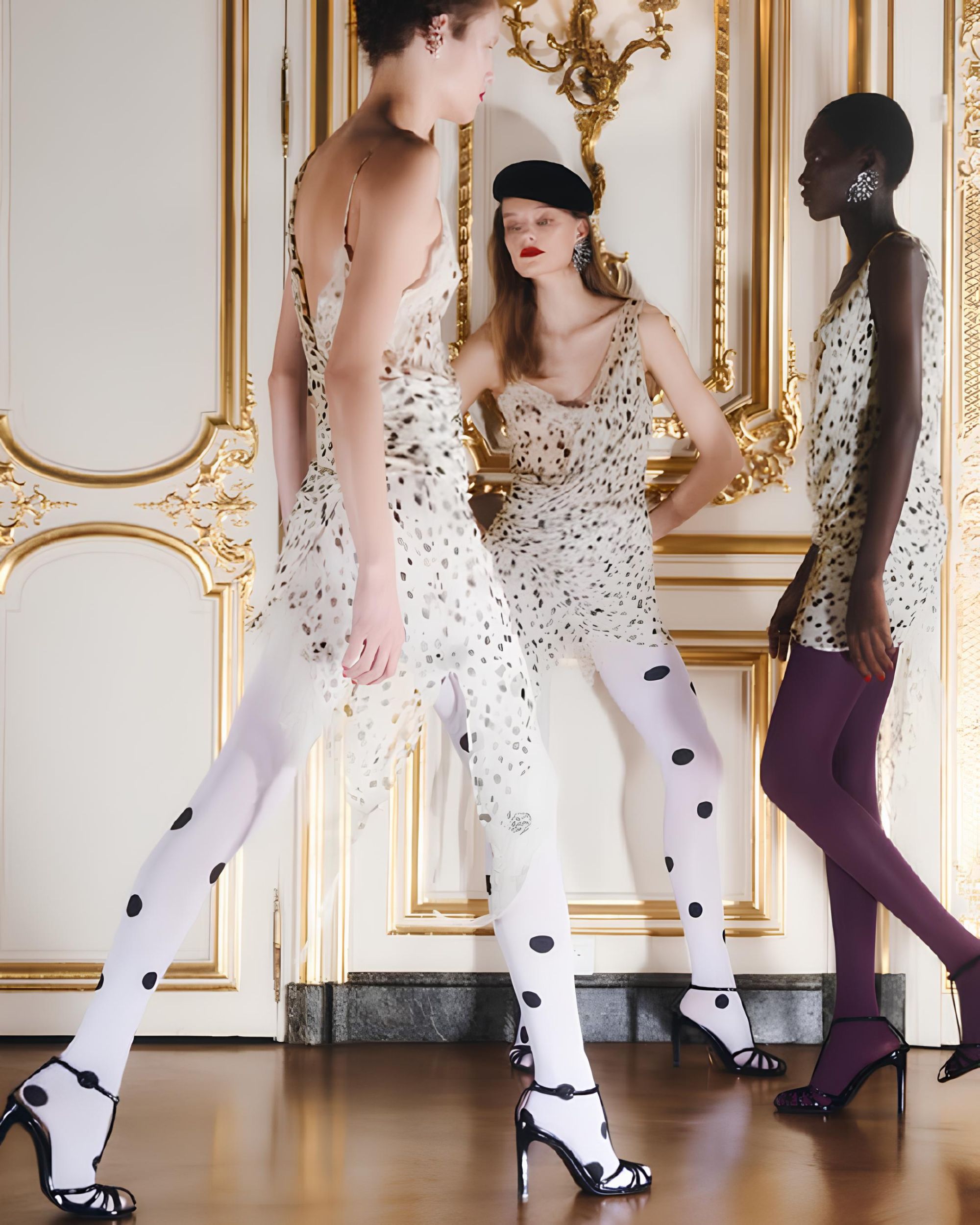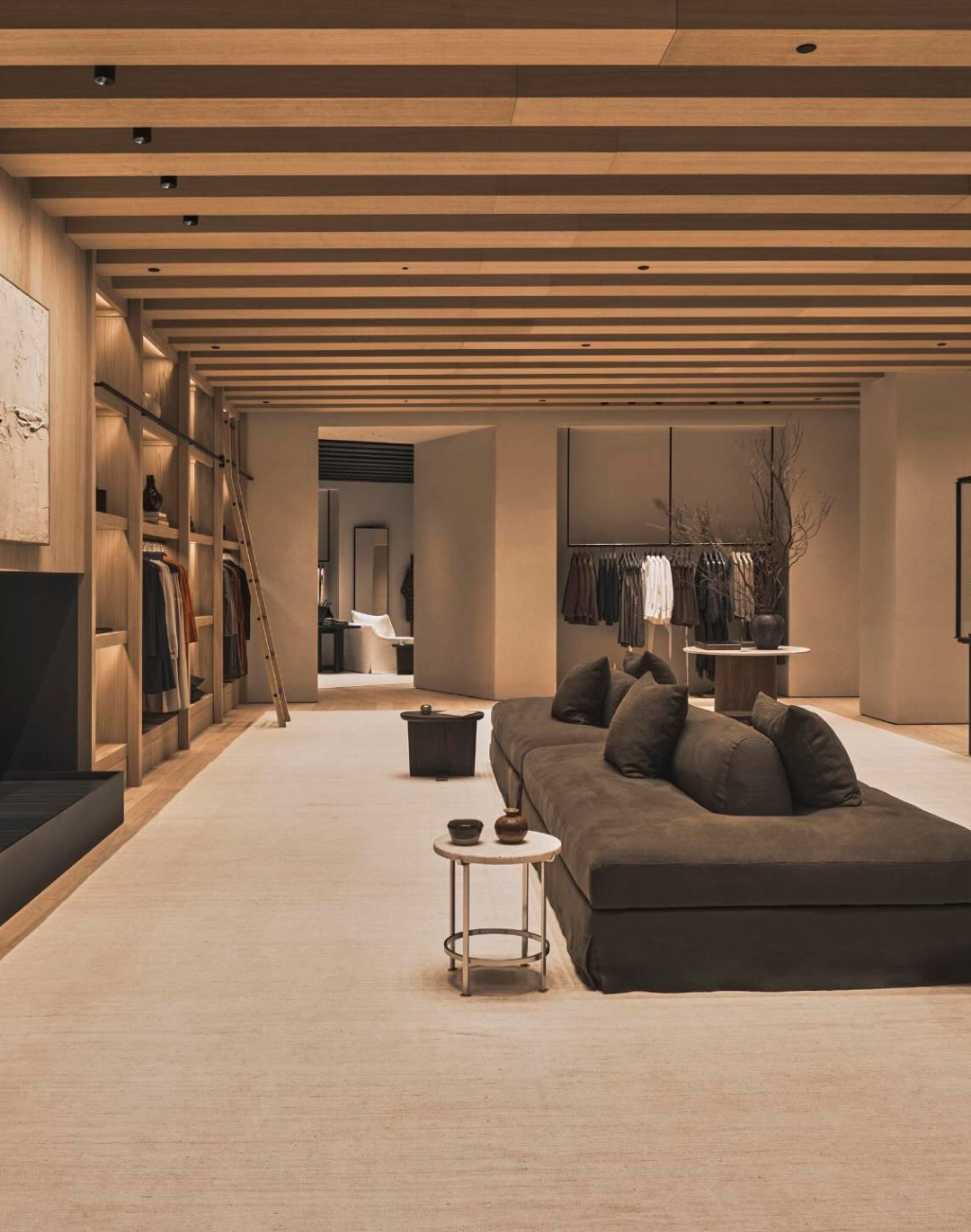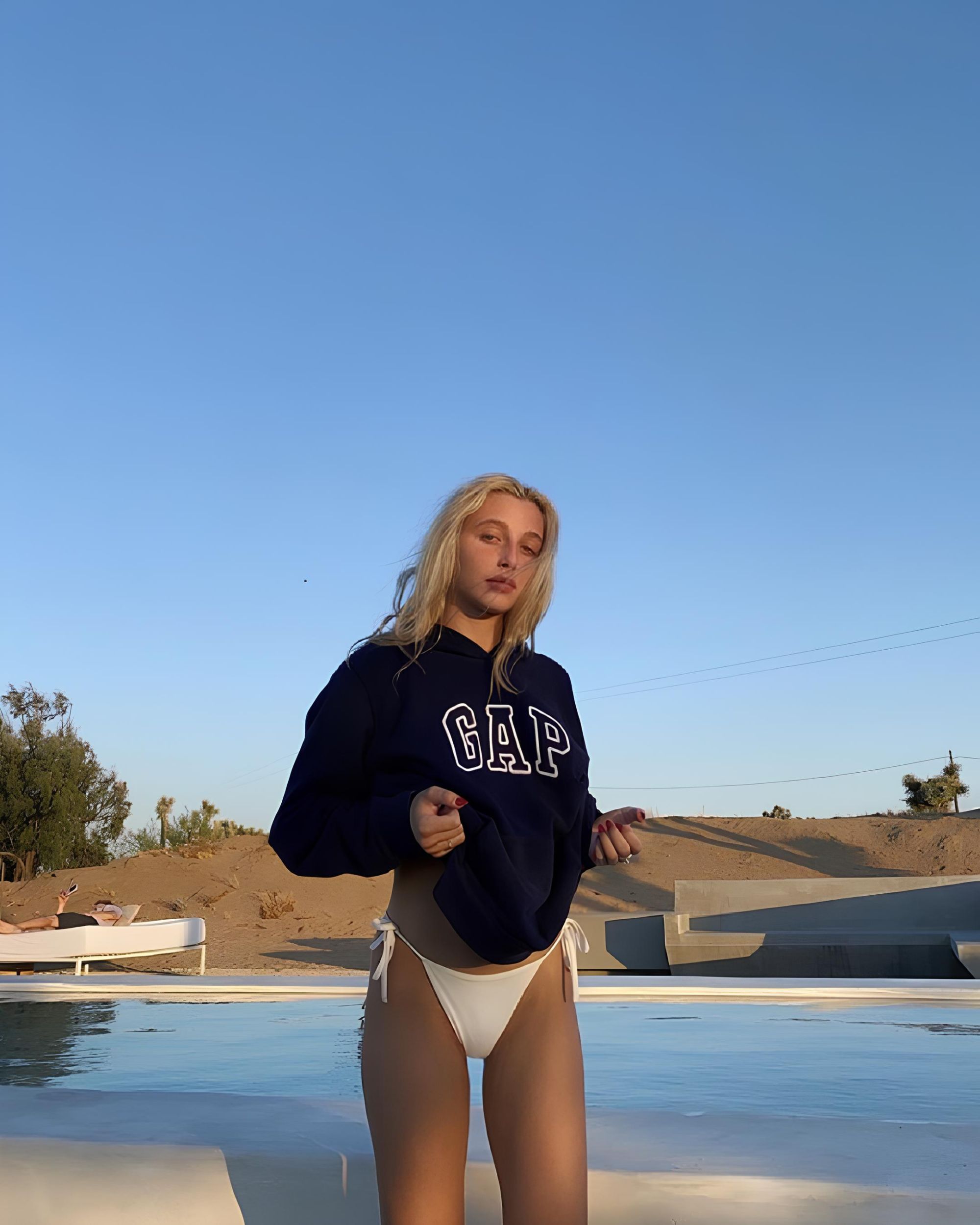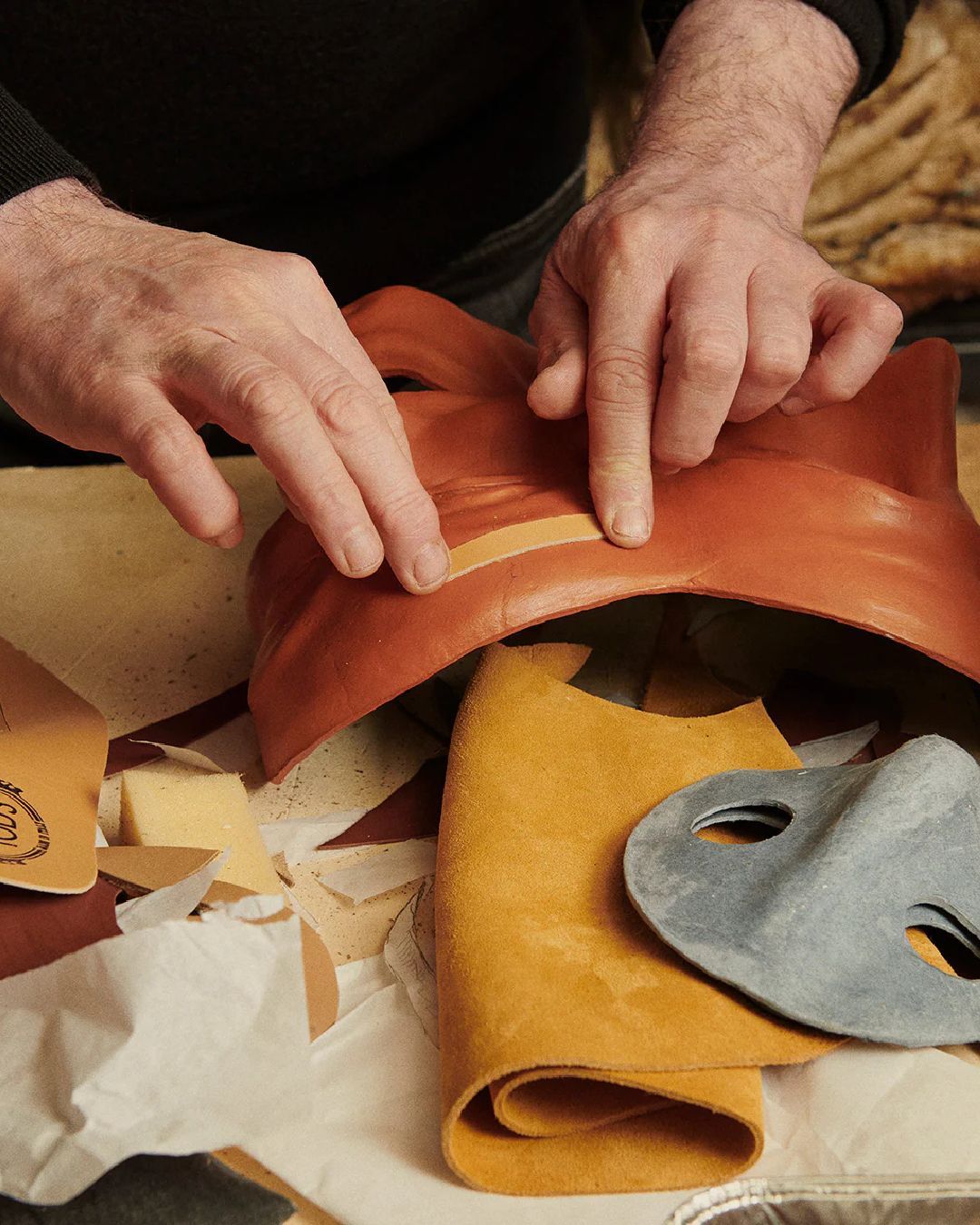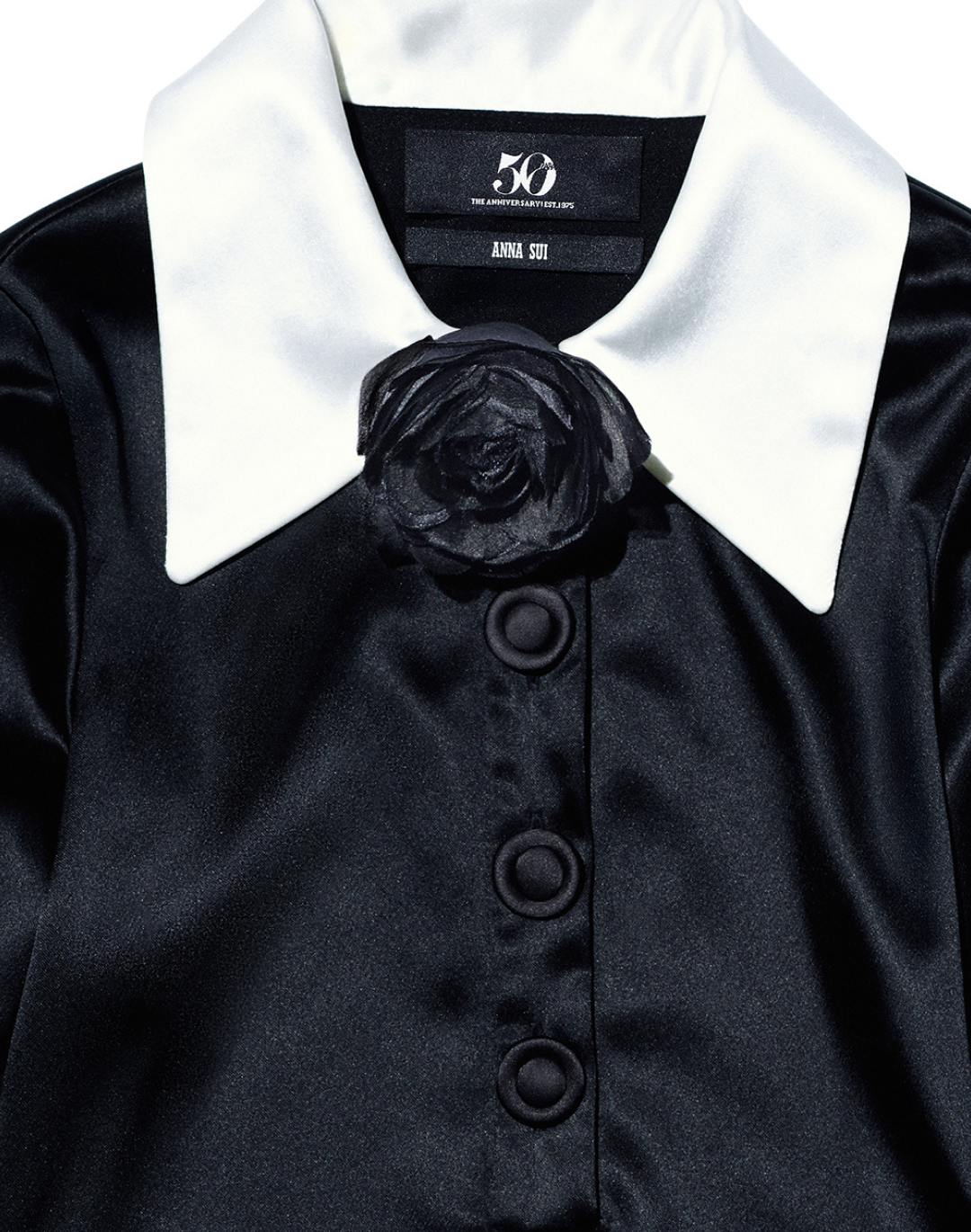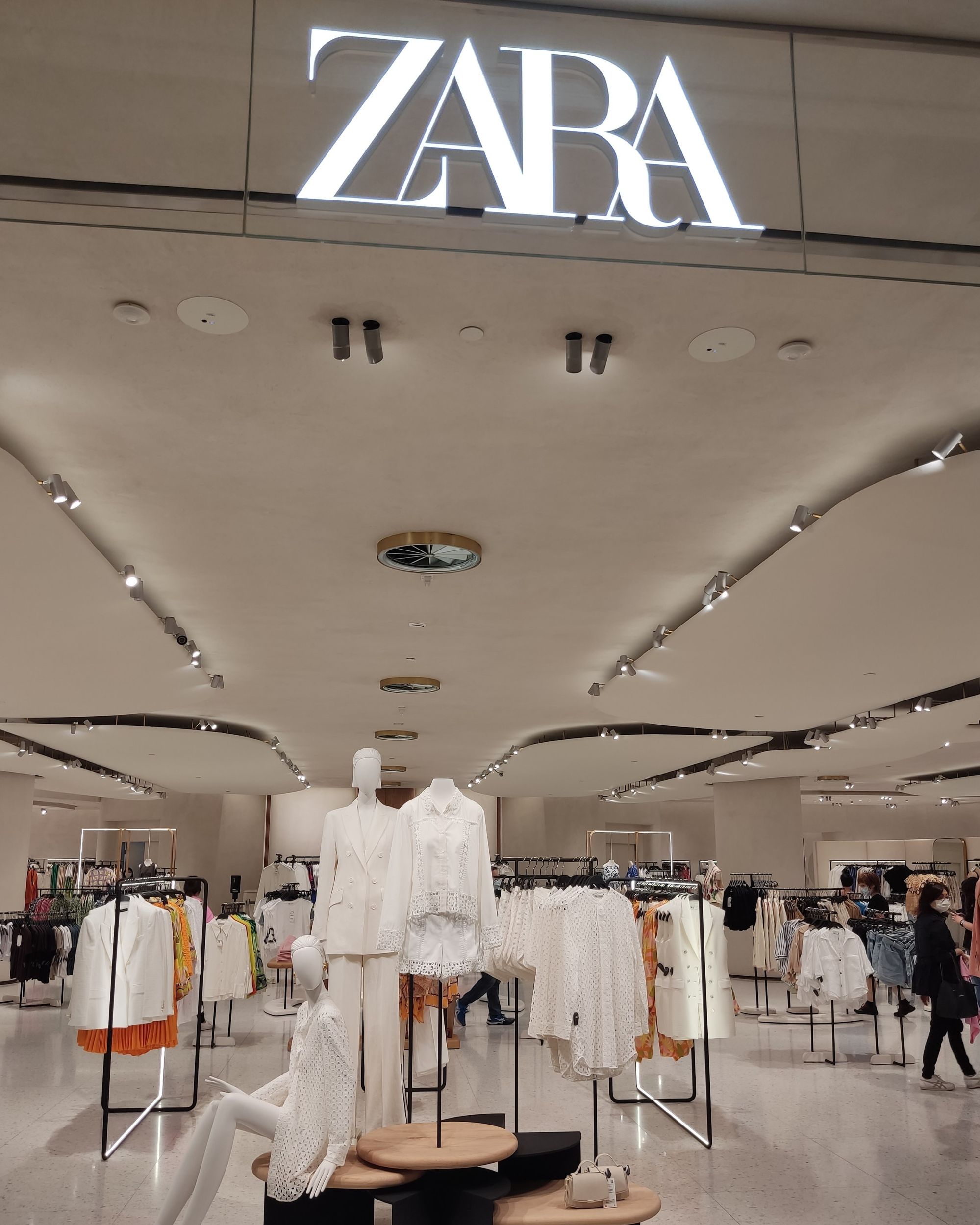
The revenge of mall brands Mocked, accused, loaded with money
At the beginning of the month, Depop seller Jules Berg went viral on TikTok for listing a pair of sparkly Forever21 shorts for $298. The price of those shorts seemed highly exaggerated to practically everyone, considering that Forever21 is a so-called "mall brand", one of those mass-market brands with large chain stores worldwide, often concentrated in shopping malls or major shopping streets. The seller in question specializes in reselling these brands, which range from Gap to Hollister, Abercrombie & Fitch to American Eagle, along with several other less globally famous brands. At one point, Berg was even contacted by Sabrina Carpenter’s stylist who purchased a golden Cache dress from her, another American mall brand that went bankrupt in 2015. The success of the seller, who has a full-fledged shop on her page, reflects how certain segments of secondhand consumers, riding the wave of Y2K nostalgia, have plunged headfirst into searching for those "teen" brands once found in malls like American Apparel, as well as Maui&Sons or Scorpion Bay. But the comeback of these brands is not just about nostalgia: after years of rock-bottom reputations, the combination of pervasive consumerism and rising prices of premium brands has pushed hordes of consumers into the arms of the old mall brands, which, in the early months of 2024, are regaining all the lost ground.
Gen Z vs. Millennial descriptions on resale sites
— Danielle Vermeer (@DLVermeer) May 14, 2024
millennial:
sequin shorts I wore to the club with Jeffrey Campbell boots in 2011 = $15
gen z:
vintage RARE Forever21 sequin leopard print shorts similar to viral vintage Charlotte Russe shorts = $298
the shorts: pic.twitter.com/QWNc7hE7mD
In the first quarter of 2024, the parent company of Zara, Inditex, recorded a 10.6% growth in constant currency, with sales of 8.2 billion euros. And even though the gross margin was slightly weaker than expected due to price impacts from recent increases, its differentiated business model led to strong outperformance, especially compared to rival H&M. In the second quarter, sales continued to grow, increasing by 12 percent year over year, with a gross profit of 4.9 billion euros, EBITDA rising to 2.4 billion euros, and net income increasing to 1.3 billion euros. Abercrombie & Fitch Co. also reported solid results, with net income for the first quarter reaching $115 million and operating income of $130 million. Net sales increased by 22%, reaching $1 billion. The company also raised its forecasts for 2024, anticipating a sales increase of about 10%. Guess Inc. reported revenue growth in the first quarter, with $592 million and a projection that annual revenues for fiscal 2025 will exceed $3 billion, thanks to the acquisition of Rag & Bone; while Gap Inc. reported a net income of $158 million, with net sales increasing by 3% to $3.4 billion. This company also raised its forecasts for 2024, expecting an operating income increase of about 40%.
Now, the three cases mentioned are indicative examples, as each company has experienced more or less complex periods in the past, between COVID and inflation; but also because there hasn't been a total commercial triumph - nonetheless, the confidence that the financial world has in this sector of the industry is evident. We know, for example, that in the coming weeks, pending government approvals, Shein might evaluate itself on the London Stock Exchange for about three billion while another Chinese brand, Halara, specializing in low-cost sportswear, is trying to enter the US market with a series of physical stores - thus multiplying its efforts and investments in becoming a chain of stores not too different from those that already populate shopping malls around the world. Beyond concerns about the sustainability and general ethics of these large companies' operations, where transparency is not always a strong point, and which do not overly trouble the clientele, it seems that market saturation, combined with the lowering of the quality bar, has led vast segments of customers to chase economic convenience. Brands like Zara, H&M, or COS are rebuilding their image in the likeness of more premium brands with campaigns featuring Vittoria Ceretti or Kirsten McMenamy, shot by photographers like Paolo Roversi but also collaborations with brands like Studio Nicholson or TwoJeys.
Just bought one of those baggy Zara camp collar shirts to wear in Greece and now I have the “he looks just like every other bitch” tiktok sound on loop in my brain
— Troy Petrunoff (@troypetrunoff) August 20, 2022
But from a cultural point of view, what has driven the public back to those mall brands? Beyond the already mentioned polishing that these brands have given to their image, one of the main factors, one might hypothesize, is the interchangeability of designs in the most strongly commercial merchandise categories. Products like Zara's baggy jeans, Mango's silver pants, or COS's Column Jeans; but also Uniqlo's t-shirts, Weekday's hoodies, Arket's sweaters, Gutteridge's suits and perfumes, Massimo Dutti's maxi-bags, and & Other Stories' dresses are all products that a vast audience, which may also wear designer pieces, does not hesitate to buy: the jacket is designer, the t-shirt is from Zara. In the end, they are the commonly defined "everyday clothes", worn without anxiety about hearing a tear or discovering a new stain, and which often paradoxically last years and years in wardrobes and drawers. Even the most expert luxury consumers know that for t-shirts, jeans, and generally all those "simple" pieces, there is not this huge difference between one and the other - at least visually speaking. From the point of view of construction, materials, and all the more technical details, the ecosystem of bloggers and TikTokers who analyze seams, compare identical models between different brands, and evaluate materials is as large (as well as younger) as that of "real" fashion, whose current queen is TikToker and author Andrea Cheong.
@andreacheong_ A review dedicated to those who like to shop the menswear department! #cos #cosfashion #menswearstyle #howtoshopsustainably #mindfulmondaymethod #mensstyletips #mensfashiontips #wardrobebasics #boyfriendstyle original sound - Andrea
The blame for this assimilation is perhaps the race to the bottom that some luxury brands play with the quality of their clothes and accessories: polyamide skirts and jackets, as synthetic as those found at Primark; viscose garments devoid of any structure and identical to those of the much-maligned mall brands; oversimplified designs that see many details disappear in terms of linings, cuffs, and especially pocket details, creating significant savings on the large scale of industrial production. The general public, thus uneducated, and obviously not too keen to spend high sums, but also comforted by the new clean and luxurious look that brands like Zara and Abercrombie have recently adopted, ends up not seeing where the difference lies, which obviously exists in terms of materials and finishes but is difficult to notice externally or in photos - and on what others do not notice, it is easier to turn a blind eye. But this growth that mall brands seem to have had highlights, indirectly, the existence of a large demand (and thus a great market opportunity) for less "impersonal" and massified brands than those of mass distribution and more local ones that manage to build a business model deriving their profits from selling affordable products. Whoever manages to find that semi-invisible "middle ground" will also find a gold mine.










































